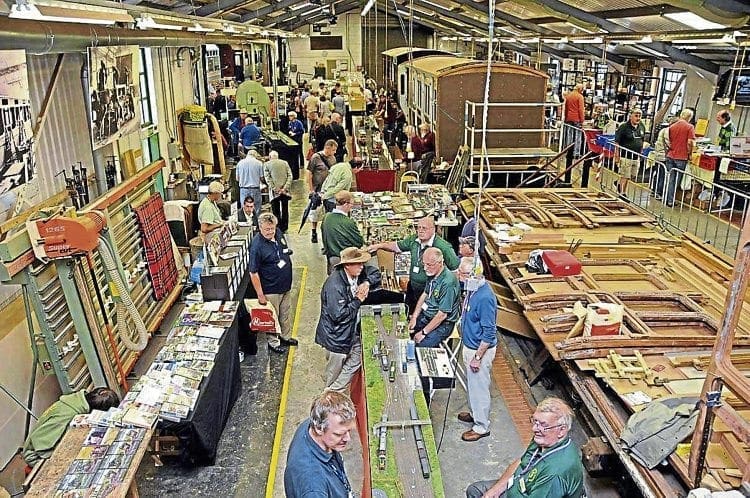Craig Amess charts the long and often convoluted history of the Bluebell Railway in Sussex, and describes the wealth of beautifully kept historic trains and stations that await visitors.
One of the most picturesque, well-visited and well-run preserved lines in the UK is the 11-mile-long Bluebell Railway in West Sussex (although Sheffield Park station actually stands in East Sussex).

What makes it such an excellent line to model is that, instead of having to cling doggedly to a particular railway company or era, it recreates trips from the 1880s right through to the 1960s, with the correct locomotives and rolling stock to match.
A major spin-off of this is the railway’s appeal to film and TV productions, whether it be Poirot, Downton Abbey or even The Muppets Most Wanted movie.
The Bluebell’s history goes right back to the construction of the Lewes and East Grinstead Railway (L&EGR) that was authorised by an Act of Parliament in 1877 after being sponsored by local landowners, including the Earl of Sheffield.

Just a year later, a further Act saw the line acquired by the London, Brighton and South Coast Railway Company (LB&SCR) that was chaired by Samuel Laing, and among the legal requirements these Acts demanded was that a minimum of four trains per day in each direction must be run.
Six stations supported the route – Barcombe, Kingscote, West Hoathly, Horsted Keynes and two in Chailey Parish – Sheffield Park and Newick & Chailey. A branch line ran from Horsted Keynes to Ardingly and Haywards Heath on the LB&SCR line.
For the full article and to view more images, see the March 2019 edition of Modelling – available now!
For a complete list of stockists and how to get your copy, visit: www.railwaymagazinemodelling.co.uk/distributors


